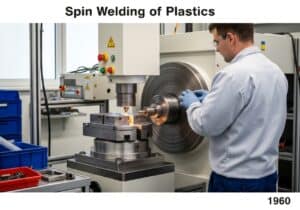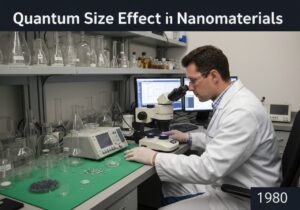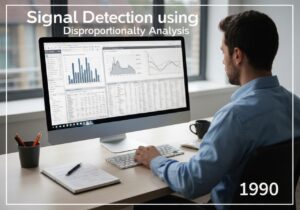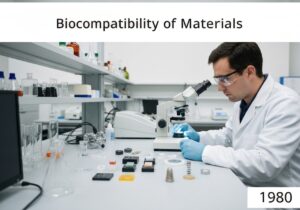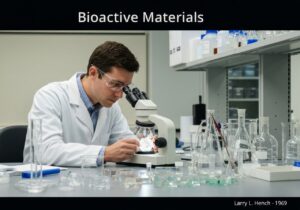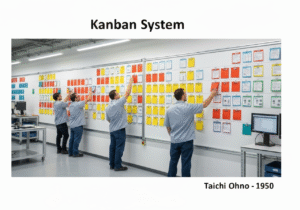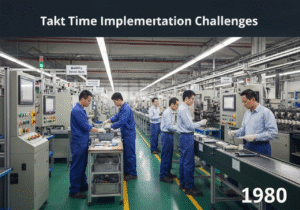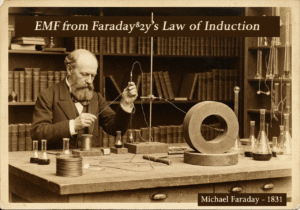
Soudage au gaz chaud des thermoplastiques
Hot gas welding is a fabrication process that joins thermoplastic materials using a stream of heated gas, typically air, to soften the surfaces. A specialized heat gun directs the hot gas onto the joint area and a plastic filler rod simultaneously. As the base material and the rod melt, they are pressed together, fusing upon…
